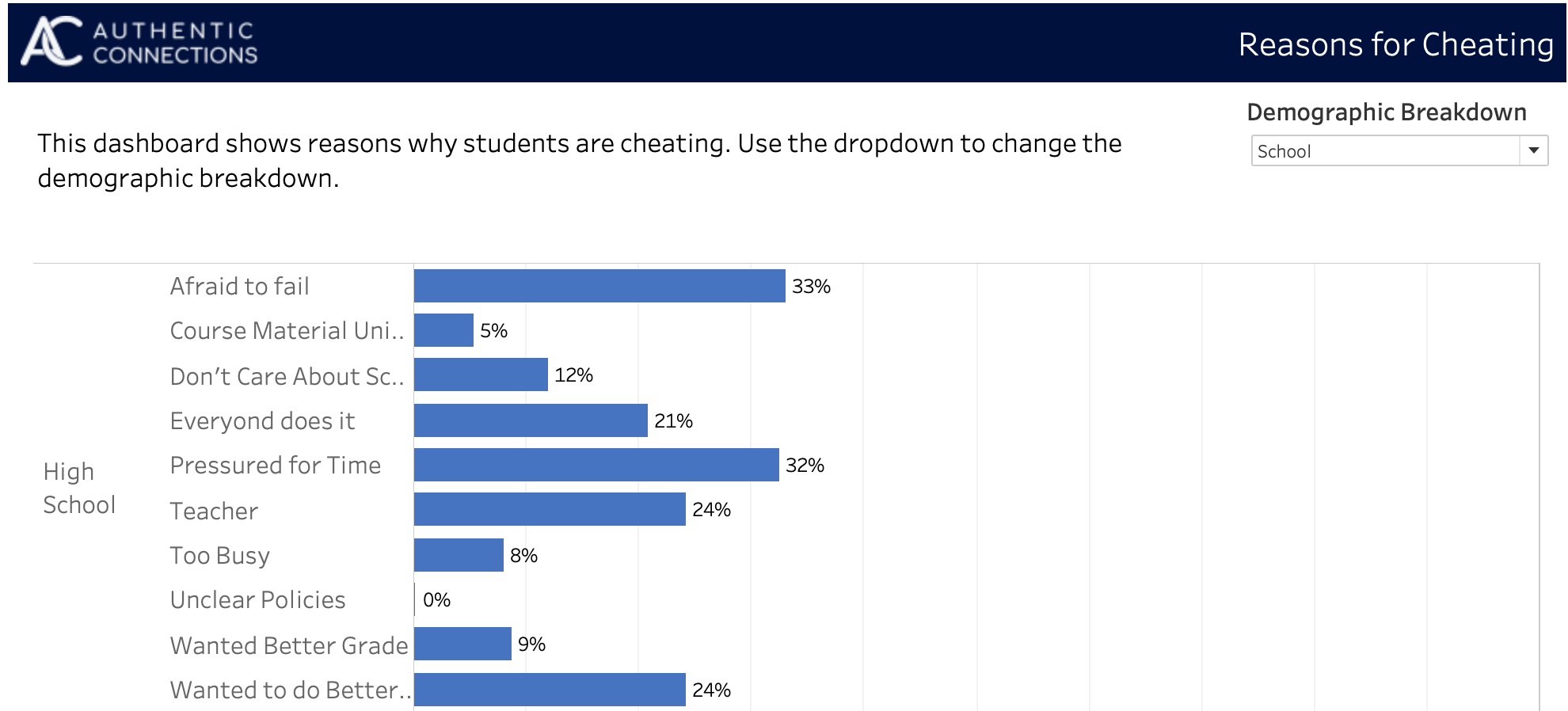by Nina L. Kumar
Posted on January 20, 2019

Today we are releasing the Winter 2020 update for our High Achieving Schools Survey (HASS) and Dashboards! This overview will provide a high-level understanding of the changes we’ve made in this release and how it will benefit our schools.
In our Winter 2020 update we’ve made one big dashboard change:

By the way, did you miss our Spring 2019 release? We released our new interactive dashboards that allow administrators to further explore their data.
Some highlights of the release were:
We would like to extend a sincere thank you to the partnering schools who helped us identify these areas for change and improvement. Your help truly enables us to better serve our communities!
Contact Us to Learn More →Coming Soon!